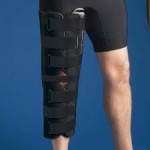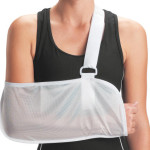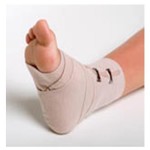What to expect when you’re expecting…Surgery!
Many musculoskeletal injuries can be managed with conservative management through skilled physical therapy. In these cases, physical therapists assess patients to determine the probability of successful return to functional activities without surgery. Treatment may include manual therapy, therapeutic exercises, and individualized home exercise prescriptions to guide patients back to their prior level of function.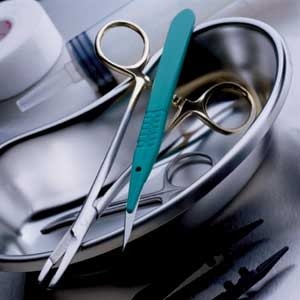
When conservative treatment is unsuccessful or the magnitude of the initial injury is too great to try conservative management, surgery may be the only option. If you find yourself with an injury that requires surgical intervention, it may be a confusing and intimidating time for you. This blog will help you understand what to expect from your procedure.
Choosing a surgeon
You will find several choices of orthopedic surgeons and all your friends will tell you their’s is “the best”.
- Do research before your appointment so you can find out the specialty of an orthopedic surgeon. The most qualified surgeons will restrict their practice to 2 joints or less (ie knee and shoulder).
- Make sure you write down all your questions PRIOR to your visit so that you can get the most out of your appointment time.
- Try to find out, in a non-challenging way, what type of procedure they recommend and how many of those procedures they do each week.
- Ask a physical therapist who treats patients from a variety of orthopedic surgeons (not one that works in the doctor’s office) and is unbiased.
Preoperative appointment
Many surgeons will schedule a preoperative appointment to discuss the details of the surgery and clear you for any precautions or contraindications to performing this procedure. You may also be provided with postoperative instructions regarding dressing changes, signs of infection, activity limitations, and exercises.
During the surgery
- Anesthesia will be administered so you will be asleep during the procedure.
- The joint will be draped and immobilized in a specific position for adequate access. This stabilization process may involve a tourniquet that reduces any excessive bleeding during surgery.
- Arthroscopic surgeries are performed with a small camera and a tool entering the joint through small incisions. This type of surgery reduces the size of the incision and the degree postoperative swelling and pain.
- Other procedures such as a joint replacement require a large incision to allow full exposure to the joint. These types of surgeries involve several sutures or staples and result in more postoperative swelling and pain.
After the surgery
 Swelling is very common and usually confined to the surgical region, but may have additional swelling further down the arm or leg. The swelling may persist for many weeks and is often treated with ice and compression.
Swelling is very common and usually confined to the surgical region, but may have additional swelling further down the arm or leg. The swelling may persist for many weeks and is often treated with ice and compression.- Stiffness is common due to the changes occurring during surgery and from the associated swelling. Stiffness is treated with range of motion exercises.
- Soreness is also associate with swelling and bruising. Soreness is treated with ice, modalities, and light massage.
- Weakness occurs due to the presence of swelling and/or pain, which cause muscle inhibition. Weakness is treated with specific exercises.
- Bruising may occur due to the tourniquet compression and the amount of bleeding that occurs during surgery. This will typically heal in 2-3 weeks and is treated with ice and modalities.
- Scarring will occur where the incisions were made. The scarring process varies depending on the amount of blood flow to
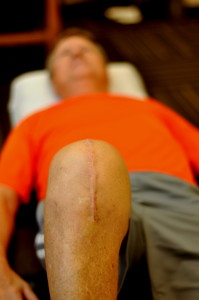 the area and the color of the scar will change over time so they will match the original skin tone. You should be given instructions in scar management to improve healing rates, particularly self massage to reduce the degree of soft tissue restriction around the scar.
the area and the color of the scar will change over time so they will match the original skin tone. You should be given instructions in scar management to improve healing rates, particularly self massage to reduce the degree of soft tissue restriction around the scar.
If you decide to pursue surgery, make sure you feel comfortable with your surgeon, the type of surgical procedure, and the expectations after surgery. It is also a good idea to get a referral for physical therapy prior to your surgery so you can schedule your post-operative appointment ahead of time. This way, you can be sure you are getting the correct post-operative care immediately following surgery. For additional information about any of these issues, call the experts at The Sports Rehabilitation Center.
